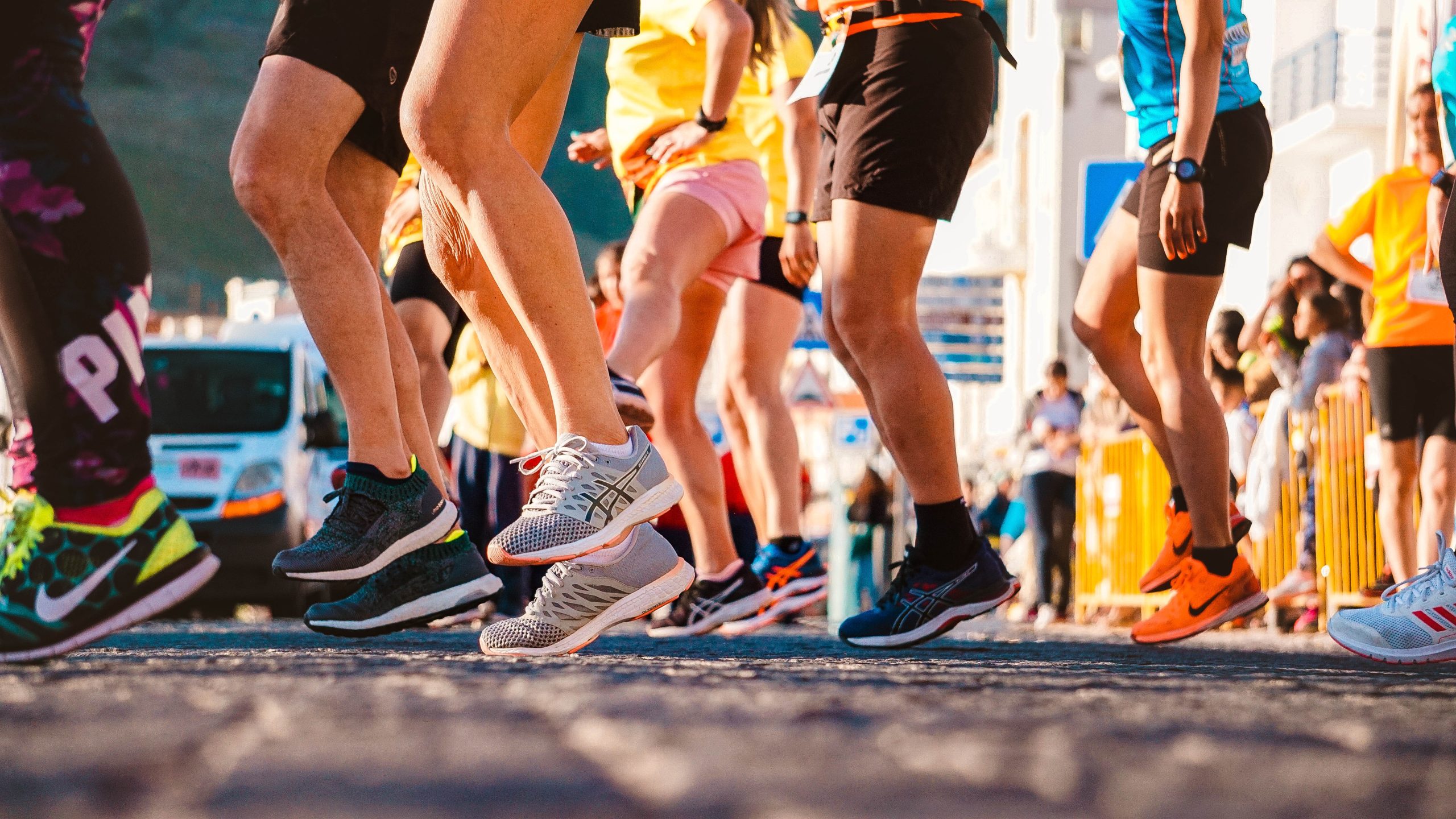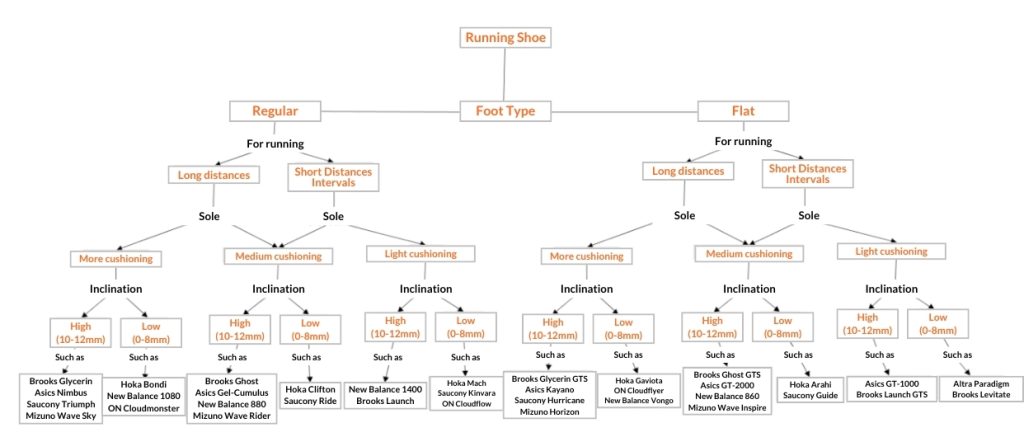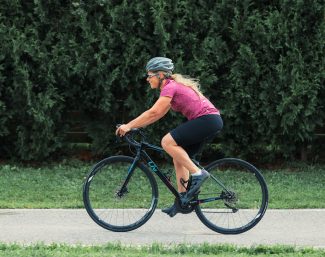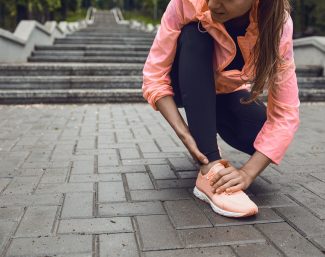
Running has exploded in popularity in recent years! More and more people are hitting the streets, nature trails, and sometimes even physiotherapy clinic waiting rooms!
Why are your running shoes so important?
When you’re just getting into running, one of the biggest challenges is finding the right shoes. With all the promises made by footwear companies (lightweight, high-performance, shock-absorbing), you might think the shoes they sell will run for you!
But the truth is, many people end up with shoes that aren’t right for them, increasing their risk of injury and discouragement, sometimes enough to make them quit this amazing sport. So here’s an easy guide, inspired by the experience of Olivier Adams, physiotherapist and former running advisor and analyst in a specialized boutique, to help you make an informed choice.
The 5 key criteria for choosing your running shoes
1. Define the primary use
First, figure out how you plan to use your new shoes. You’ll probably say, “To run, obviously.” But ask yourself:
- How many kilometers per week?
- Will you be doing interval training and aiming for performance?
- Are you planning long runs and want to protect your knees?
- Are you running occasional 5Ks and want something budget-friendly?
👉 Regular running shoes typically last between 800–1000 km. That’s why it’s recommended to use them only for running.
Interested in performance shoes? Let us know! Olivier would be happy to write a dedicated article on the topic.
2. Choose between neutral or stability shoes
This is one of the most important questions: do you need a neutral shoe or one with arch support?
- Neutral shoes are designed for feet with a regular arch.
- Stability shoes are ideal for people with flat feet or overpronation (have a tendency to “spill over” their shoes).
💡 Tip: If you’re not sure what your arch looks like, you can use the image below as a guide. If not, don’t hesitate to ask for guidance at a specialized running store.

3. Consider cushioning level
Cushioning impacts shock absorption during your run.
- Highly cushioned shoes: Cloud-like feel, gentler on the joints as they absorb impact with each stride. These shoes are ideal for long distances, heavier runners, or those experiencing pain.
- Less cushioned shoes: Firmer, faster, and let the runner feel the ground more.
Try on different options in-store to feel the difference and help you make your decision.
4. Understand the inclination (“drop”)
The inclination or “drop” of the shoe is the height difference between the back of the shoe and the front. It is not an indication of sole thickness. In fact, a minimalist-looking shoe could have a large difference in height between the front and the back, while an astronaut’s shoe may be just as thick along the entire length of the sole, and therefore have a low drop. There are currently shoes on the market with inclinations ranging from 0 mm to 12 mm:
- Lower drop: Feels more natural (closer to 0mm inclination when barefoot), but puts more strain on your muscles (you risk feeling the slight incline in your calves and Achilles tendon). Watch out for injuries if your body isn’t ready or not used to it!
- Higher drop: Offers more protection for the calves and Achilles tendon, and may cause you to land more on your heels.
It’s up to you to decide the right drop for your needs (with the help of your therapist if necessary).
5. Factor in price and your budget
Everyone has a different budget. A good pair of running shoes typically costs between $139 and $250. If the price is lower, consider if this is the right pair of shoes for you, if it’s really a running shoe, and if the quality meets your needs for support, comfort and durability. It may seem expensive, but for 1000 km, the cost per run is minimal.
Tips to save money:
- Look for models from previous years, as they are often discounted.
- Evaluate your needs. In general, the more cushioning a shoe has, the higher the price tends to be (see point 3).

Tips for trying shoes in store
Take your time to shop. Finding the perfect fit can take a while, and it’s worth being 100% satisfied with your choice. Try multiple pairs, walk around, and jog a few steps.
🔎 Olivier’s advice: Forget about style and color at first. Let your feet choose the most comfortable pair, and then pick your favorite color! 😉
Need a hand?
If you want help analyzing your running pattern or choosing the right pair of shoes, Olivier, our physiotherapist and running expert, would be happy to assist you at the clinic. Book an appointment today for personalized advice and run longer, more comfortably.





